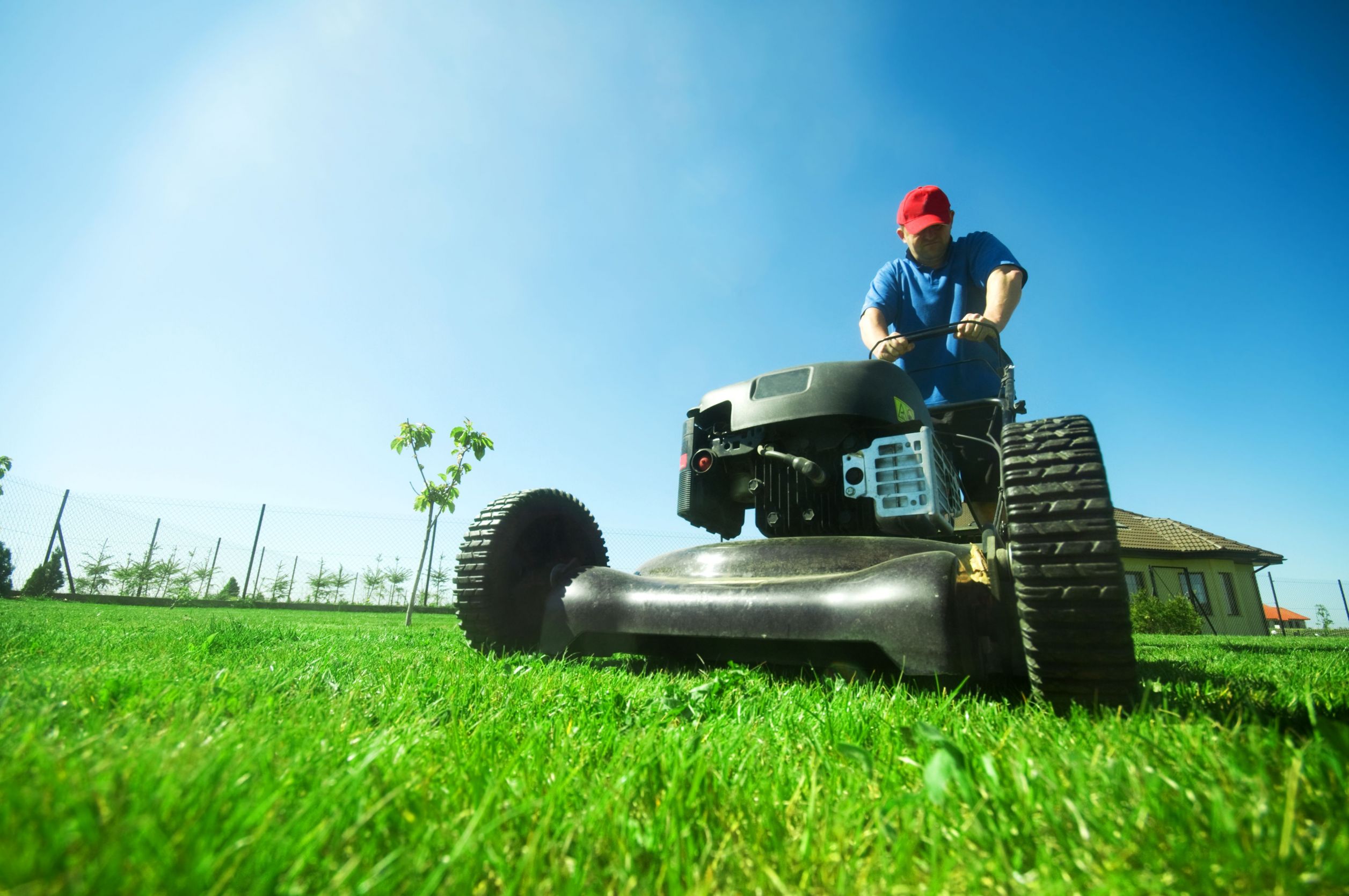Fans of dwarf Bearss lime trees often wonder what the scientific differences are between dwarf and standard citrus trees. In fact, there are several key points that citrus enthusiasts should understand about what the term “dwarf” actually means when applied to citrus plants in general.
Size of the Tree
Some people are surprised to learn that even though a non-dwarf citrus tree can have a 30-foot canopy and be 30 feet high, the size of the fruit from dwarf trees is the same size as that from regular-sized citrus trees. For convenience’ sake, the dwarf trees are by far the most popular choice for home use because they don’t take up much space, and can be moved indoors during cold weather.
Mobility
The smaller size of the dwarf trees makes them easy to move around a garden to take advantage of better light, or to move them indoors when the weather gets frigid. From a decorating perspective, the fact that the dwarf trees can be moved at will, and quite easily, by the way, gives them a huge advantage over the non-dwarf trees, which need to be permanently planted in the ground and cannot be moved.
Attention
One of the downsides of the Bearss lime tree and other dwarf citrus trees is that they need much more pruning attention than their larger counterparts. Suckers need to be removed asap from dwarf trees, and owners have to keep a constant eye on pruning needs. However, a properly pruned dwarf citrus tree can become whatever shape the owner wants it to be, within reason.
Watering Needs
As is the case with pruning dwarf citrus trees like dwarf Bearss lime trees, the larger varieties don’t need as much attention. For indoor dwarfs, watering should typically take place at least two times per week, while outdoor dwarfs in containers need at least one watering per day, maybe more.
The Bearss lime tree is a high-producing evergreen that has long been a favorite for indoor and outdoor gardens. The wonderful fragrance and gorgeous white flowers are the ideal addition to any garden.



